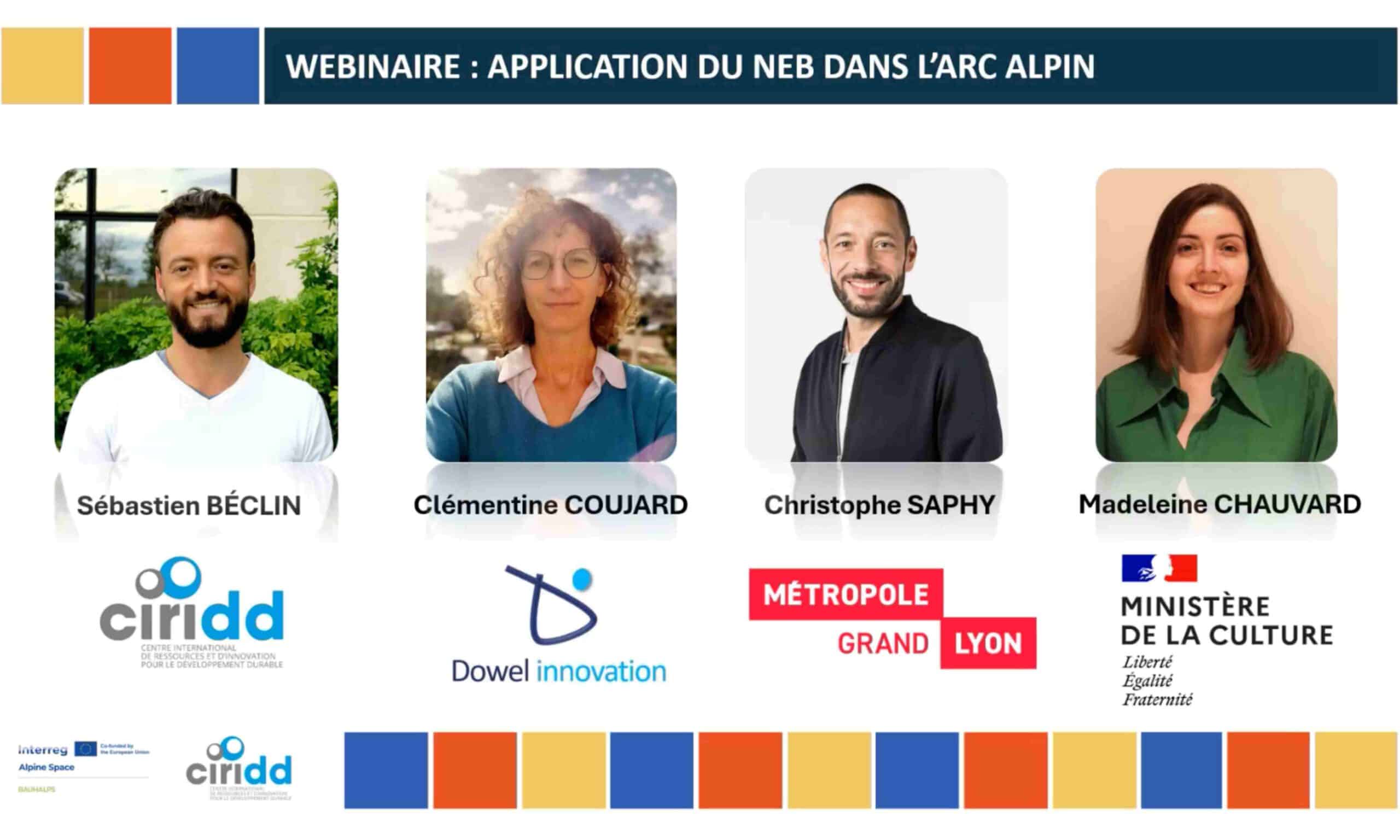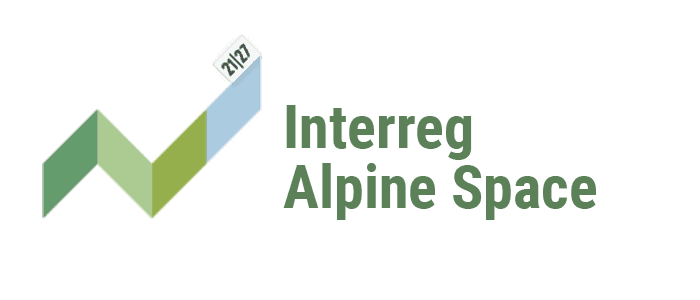The European Union (EU) has an incredibly beautiful, rich, and varied architectural heritage and many European capitals and cities in France, in Italy, Austria, in Greece, in Hungary, or elsewhere in Europe, compete in splendor through their residential and non-residential buildings. However, this European heritage, as magnificent as it may be, also harbors major weaknesses: it is aging (35% of EU buildings are over 50 years old) and unsuitable for global warming and efficient energy use (on a European scale, 75% of the EU’s building stock is energy inefficient). As more than 85% of current buildings will probably still be in use in 2050, this obviously raises the question of the well-being of populations in a continuous trend of global warming. Buildings, as living spaces, must indeed be designed to protect populations from extreme heat and cold waves, which are becoming increasingly frequent in Europe and which both lead to significant excess energy consumption.
However, it is currently estimated that the use of buildings represents 40% of the EU’s total energy consumption, 50% of gas consumption and 35% of greenhouse gas emissions. Furthermore, energy inefficiency, energy poverty and the poor condition of buildings are vectors of social inequality because they often and unfortunately affect certain groups and/or communities of individuals more than others. Moreover, energy efficiency, adaptation to climate change and social inequality are only a part of the European building issue. Indeed, building construction and renovation also require significant quantities of material resources, while demolition generates a significant amount of wastes that are still not enough valorized nowadays. Housing, for example, represents 52% of the EU’s material footprint (making it the sector with the highest environmental impact) and approximately one third of the Union’s material consumption is devoted to construction. It is also estimated that 20-25% of the life cycle carbon emissions of the current EU building stock are embedded in construction materials.
This state of play for the European building sector clashes with the EU’s ambitious target under the European Green Deal to reduce greenhouse gas emissions by 55% by 2030. To achieve this goal, new buildings must be carbon neutral and existing buildings must be renovated to adapt to climate change. The building sector must therefore accelerate the annual renovation pace (of currently 1%) and trigger a genuine EU renovation wave aimed at doubling the annual renovation rate of residential and non-residential buildings by 2030. The Energy Efficiency Directive, the Energy Performance of Buildings Directive, and their respective 2021 recasts establish clear frameworks for achieving these goals, while the European Commission, thanks to its President Ursula Von Der Leyen, is working to promote climate adaptation in building standards. The New European Bauhaus was proposed in 2021 to make this wave of European building renovation a cultural project based around 3 fundamental and inseparable values :
- Sustainability including compliance with climate targets, the implementation of circular processes and loops, zero pollution, and the preservation of biodiversity.
- Aesthetics or beauty, which refers to the quality of the living experience and the style of buildings, beyond their functionality.
- Social inclusion, encompassing the promotion of diversity and equality for all, and ensuring accessibility and affordability for all.
These are supported by three working principles: participatory processes, multi-level engagement, and a transdisciplinary approach.

Source: New European Bauhaus Compass (Nov. 2022)
In this context of European will to reduce the environmental impact of the European building sector and to apply the New European Bauhaus, a webinar on the application of the New European Bauhaus in the Alpine Arc was held on March 25, 2025 from 3 to 4:30 pm in the presence of around twenty professionals from the building sector in the Auvergne-Rhône-Alpes region.

The first intervention focused on the Interreg Alpine Space BAUHALPS project of which the International Center for Resources and Innovation for Sustainable Development (CIRIDD) is a partner. Sébastien Béclin, project manager at CIRIDD, presented the environmental context of the project and its link with the emergence of the New European Bauhaus, as well as the objectives, ambitions, missions and work packages associated with the BAUHALPS project. Clémentine Coujard, consultant in Dowel Innovation, then presented all the NEB resources available for professionals of the building sector and developed in the frame of the NEBULA project, including the NEB Handbook, dedicated webinar series, financing guides and the NEB advisors network. Then Christophe Saphy, director of the “La Duchère” Mission at the Métropole du Grand Lyon presented the 20 years evolution of the Lyon district of La Duchère according to the NEB values as well as the future development prospects of this exemplary NEB achievement in the Auvergne-Rhône-Alpes region. Finally, Madeleine Chauvard, NEB French national contact point and responsible for the economics of architecture within the Ministry of Culture, presented the range of European funding opportunities for the NEB accessible to all building stakeholders (associations, communities, SMEs, etc.) over the period 2025-2026-2027 within the framework of the NEB Facility.
You want to watch the video webinar? Watch it here via YouTube.


